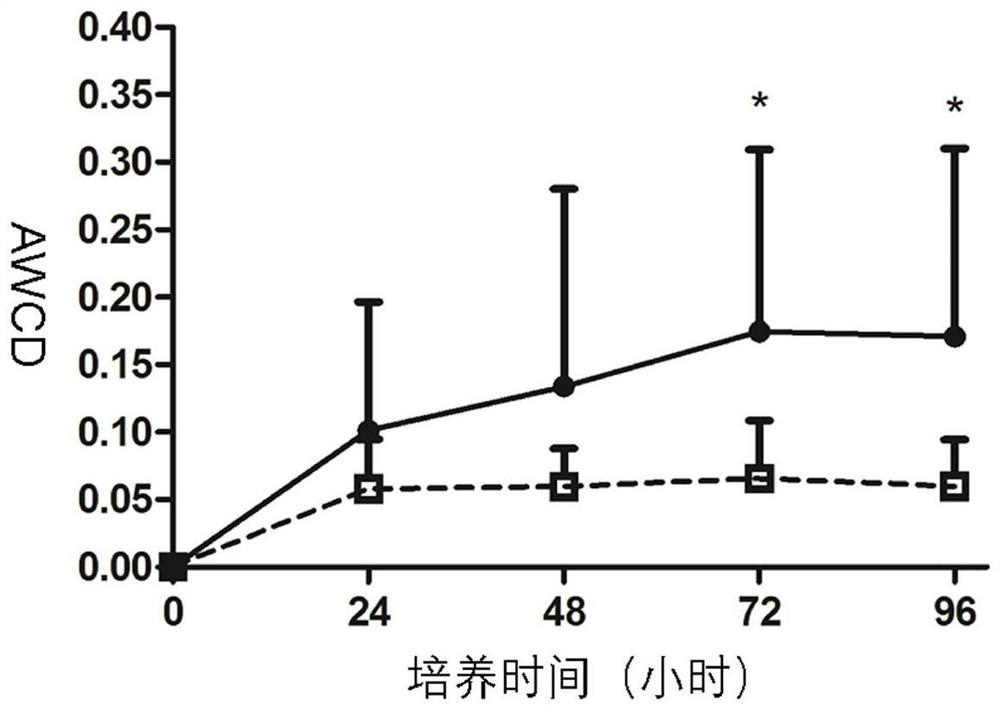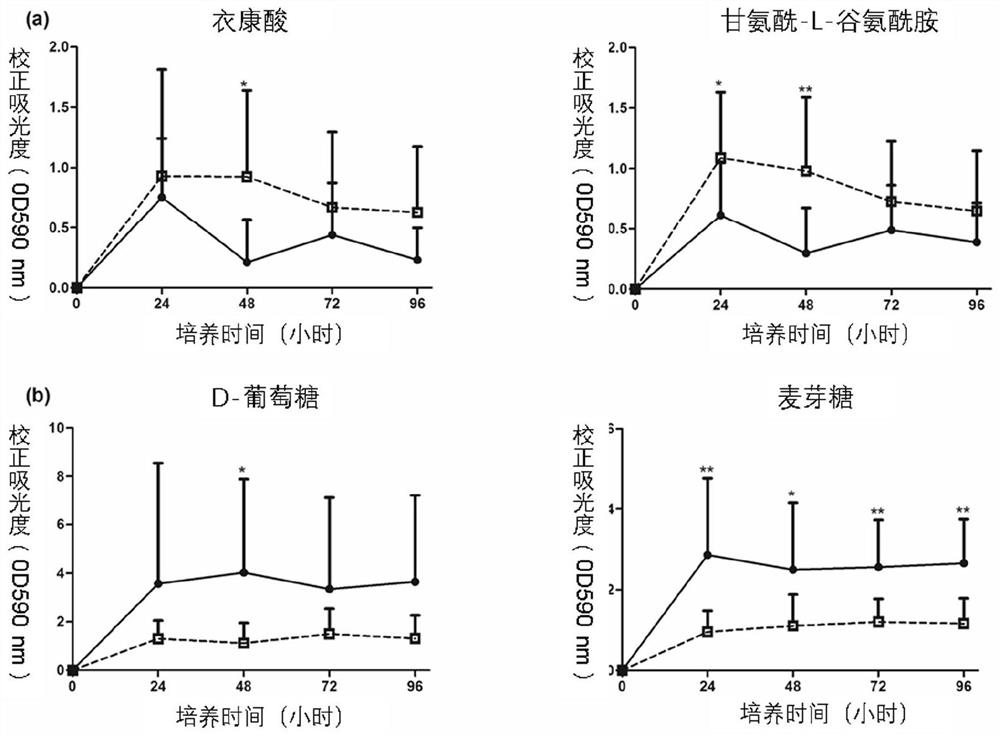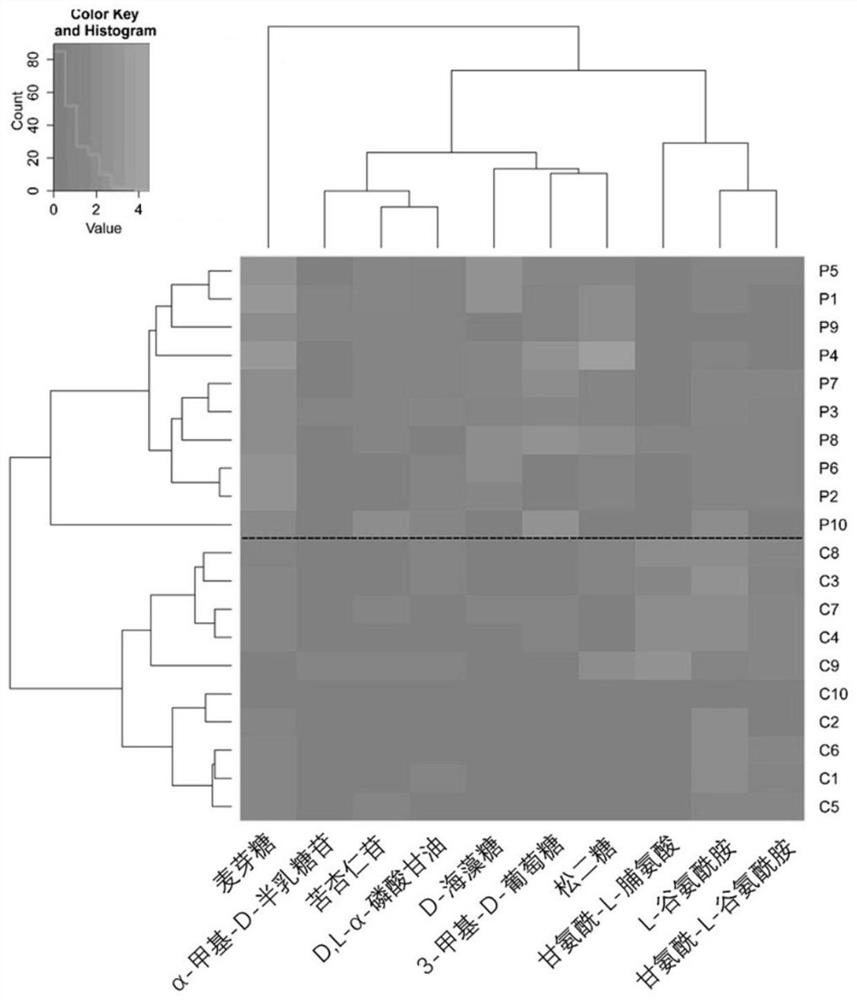A kit for predicting whether children are susceptible to dental caries
A kit and caries technology, applied in the field of stomatology, can solve the problems of different optimal carbon source values, different treatments, etc.
- Summary
- Abstract
- Description
- Claims
- Application Information
AI Technical Summary
Problems solved by technology
Method used
Image
Examples
Embodiment Construction
[0020] The present invention will be further described below.
[0021] (1) Experimental objects
[0022] Subjects were recruited from children who received examination or treatment at the Children's Dental Clinic of the Second Outpatient Department of Peking University School of Medicine from January 1 to August 31, 2014 by means of computer-generated random numbers. Parents of all pediatric subjects signed written informed consent before the study began. The inclusion criteria were: age 48-71 months; no infection, congenital periodontal disease or dental abscess; no antibiotics, fluoride treatment or tooth extraction within one month before plaque collection.
[0023] For the diagnosis of dental caries, all dental examinations were performed after one staff member's diagnostic criteria were calibrated against another experienced colleague. Dental caries is diagnosed by inspection and probing with a mouth mirror and a dental probe. Teeth are cleaned with cotton balls, but n...
PUM
 Login to View More
Login to View More Abstract
Description
Claims
Application Information
 Login to View More
Login to View More - R&D
- Intellectual Property
- Life Sciences
- Materials
- Tech Scout
- Unparalleled Data Quality
- Higher Quality Content
- 60% Fewer Hallucinations
Browse by: Latest US Patents, China's latest patents, Technical Efficacy Thesaurus, Application Domain, Technology Topic, Popular Technical Reports.
© 2025 PatSnap. All rights reserved.Legal|Privacy policy|Modern Slavery Act Transparency Statement|Sitemap|About US| Contact US: help@patsnap.com



